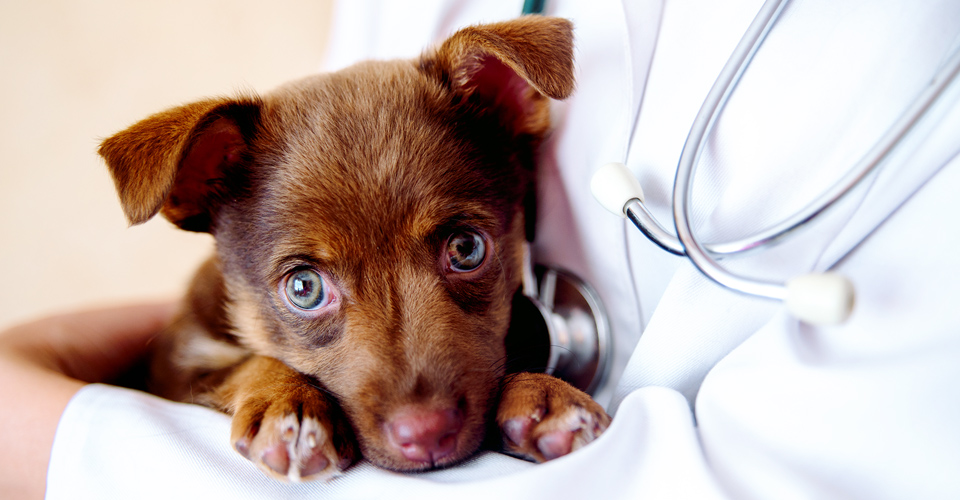There are a few things you don’t want your pooch to play catch with and monkeypox is surely high on that list.
Monkeypox was declared a Public Health Emergency of International Concern by the WHO on 23 July 2022. At the time, the number of reported cases had grown to over 16,000 from 75 countries and territories, with a total of 5 deaths.
Since then, researchers have discovered that human to animal transmission in the case of monkeypox is possible. The first case of monkeypox in a dog was reported in Paris, France, according to a study published in The Lancet.
If you’re wondering whether your four-legged friend is at risk – here’s what you need to know.
Can my dog get monkeypox?
Although the WHO’s assessment of the risk of monkeypox is moderate around the world, apart from Europe – we’d be wise to remember the Corona-19 virus outbreak following a similar pattern.
With that said, the risk of human to pet transmission is relatively low.
The monkeypox virus is transmitted through direct or close contact. This includes skin to fur contact, kissing or petting and contact with infected materials such as bed linen.
Monkeypox viruses have been found in skin lesions and most or all secretions and excretions (e.g., urine, faeces, and oral, nasal and conjunctival exudates) in animals. Likely routes of transmission include inhalation, direct inoculation into breaks in the skin, and the ingestion of infected tissues. The importance of aerosol transmission might differ between species or situations.
What other animals can get monkeypox?
According to the Centres for Disease Control (CDC) we should assume any mammal can be infected with monkeypox. Here are the most relevant findings as reported by the CDC:
| Type of pet | Can it be infected with monkeypox? |
| Dog | Yes |
| Cat | Unknown |
| Hamster | Unknown |
| Mice | Possibly |
| Domestic rabbits | Adults: Possibly |
For a full record of the findings, click here.
Monkeypox signs and symptoms in dogs.
The most obvious clinical signs are visible skin lesions. However, you should also be on the lookout for:
- An increase in body temperature / fever,
- A lack of appetite,
- Fatigue,
- Coughing or sneezing,
- Nasal secretion,
- Bloating, and
- Pox-like skin lesions or rash.
What to do if you think your pet has monkeypox.
- Have your pet tested if they have had close contact with a person or animal with probable or confirmed monkeypox and they have a new rash or two other clinical signs.
- Isolate the sick pet to minimise direct contact with people and other animals for at least 21 days after becoming ill or until fully recovered.
- Wash your hands often and use personal protective equipment (PPE) when caring for and cleaning up after your infected pet.
- Use a dedicated, lined trash bag for all potentially contaminated waste.
- Do not leave or dispose of waste outdoors.
- Disinfect bedding, enclosures, food dishes, and any other items in direct contact with infected pet.
Disclaimer: This blog is intended for informational purposes only and should in no way be regarded as a substitute for professional veterinary advice.



